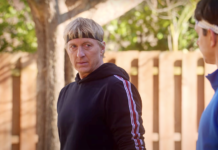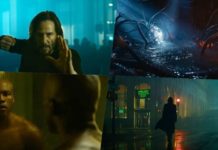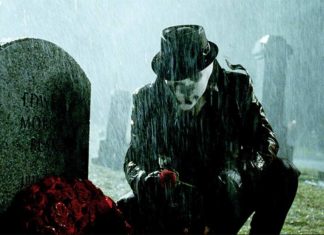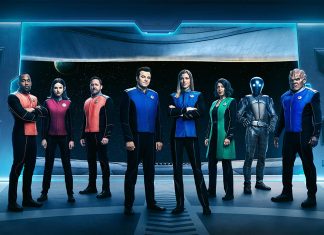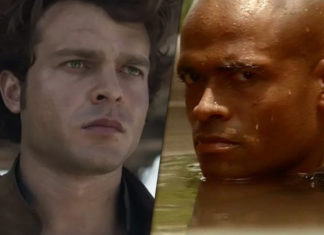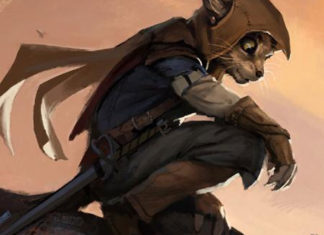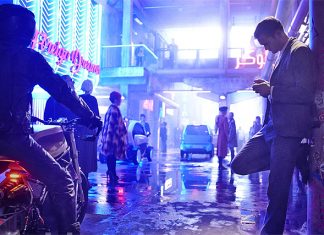Takeaways
- The series just qualified as a TV show
- Deborah Chow is bonafide
- It still has some big issues
- But with Filoni, Favreau and Chow, things are looking up for Star Wars
I’ve been pretty hard on The Mandalorian, and deservedly so.
The series started with the comforting visual aesthetic of the Original Trilogy but quickly descended into outright fan service with the second episode’s pointless side-questing.
It didn’t function as a television show in the way we’ve come to expect television shows to function, especially in the face of prestige, triple-A efforts like Game Of Thrones, Breaking Bad or The Boys.
The show simply lacked cinematic or even dramatic flair, let alone artistry.
However, in a welcome surprise, episode three of The Mandalorian has decided to suddenly at least try to act like a TV show.
Holy ****, Someone Understands The Moving Picture!
It’s painful that I have to describe to readers what good television entertainment should look like but in a fandom of continual shilling for bad product this seems necessary.
Here is what sets Episode 3 apart from the previous efforts:
First, we have visual callbacks designed to create an emotional impact. These have been a staple of dramatic visual storytelling since there have been moving pictures. It’s one of the most basic techniques but this is the first time it’s been used on The Mandalorian — and used to great effect.
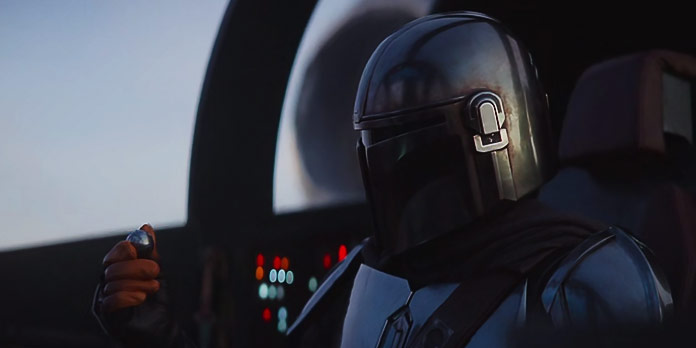
Second, it’s the first episode that explores the cornerstone of drama: triangular relationships, in which three people or entities are connected individually and those loyalties break down, forcing conflict.
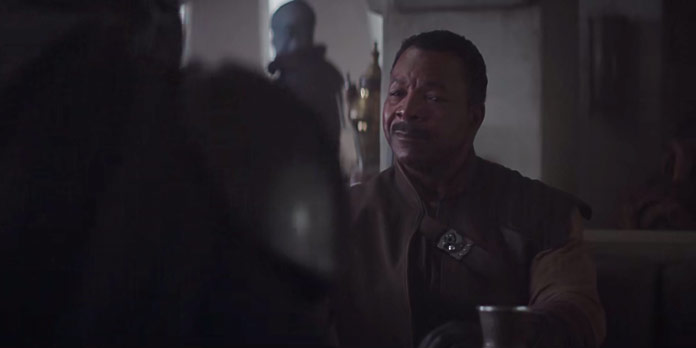
Next, you have a buildup that develops an atmosphere of tension. Despite being unable to see the face of The Mandalorian, the writing and, more importantly, the framing of certain shots lead us to the conclusion that Mando taking action is inevitable.
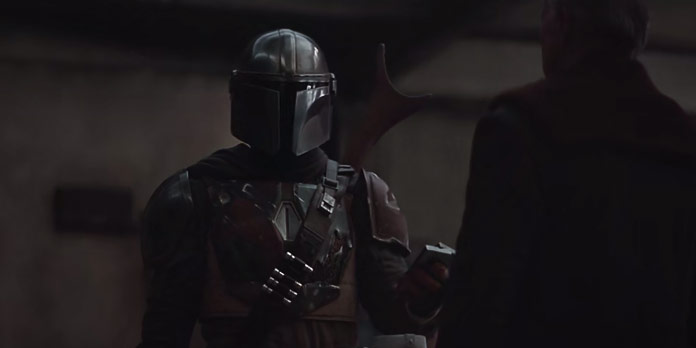
Then, you have foreshadowing with genuine setup and payoff. The way it’s done is very basic and straightforward but this is the baseline we are starting from.
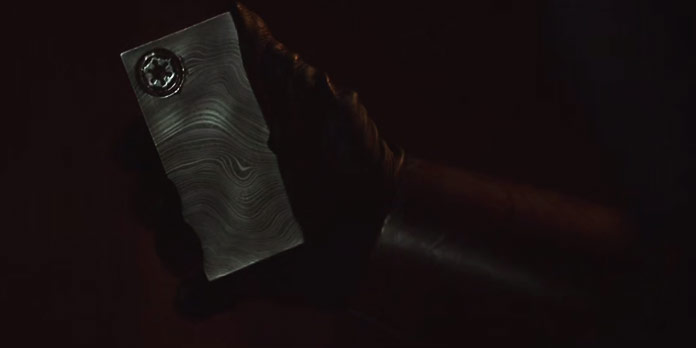
Finally, you have a show-don’t-tell shot that makes for the genuinely good “consequences scene” with the fobs in the bar. The concept itself has been a well-worn trope since the invention of cellphones — maybe even beepers — but the way they tweak it for both the Star Wars universe and this storyline makes it feel fresh and original.
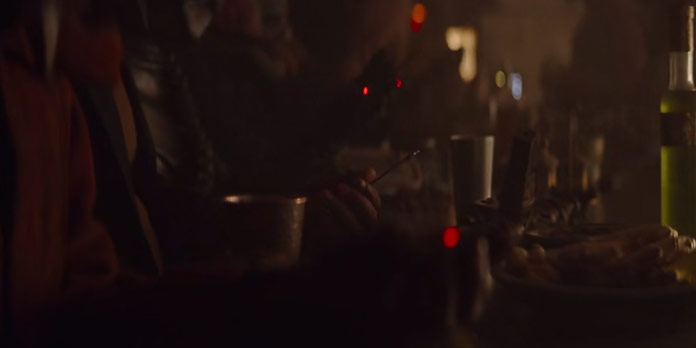
Who Is Responsible?
The difference in the creative quality between episodes two and three would traditionally be put down to the writing, but according to the credits, it’s still Jon Favreau responsible for the screenplay.
So, It’s Not Jon Favreau
Where was this writing in the first two episodes?
Did he just write a better script for this episode?
Was this the day George Lucas visited the set? Did The Maker punch up the script?
It’s been my pet theory that The Mandalorian is simply the screenplay for the defunct Boba Fett movie stretched out over four hours with filler and fan service. This would make episode three essentially the first act turning point in that Boba Fett movie, which would naturally create a more interesting episode.
However, why no traditional storytelling techniques in the first couple of episodes?
I’m going to theorize again and say the improvement is entirely the fault of director Deborah Chow, who seems to have made a lot of special modifications herself.
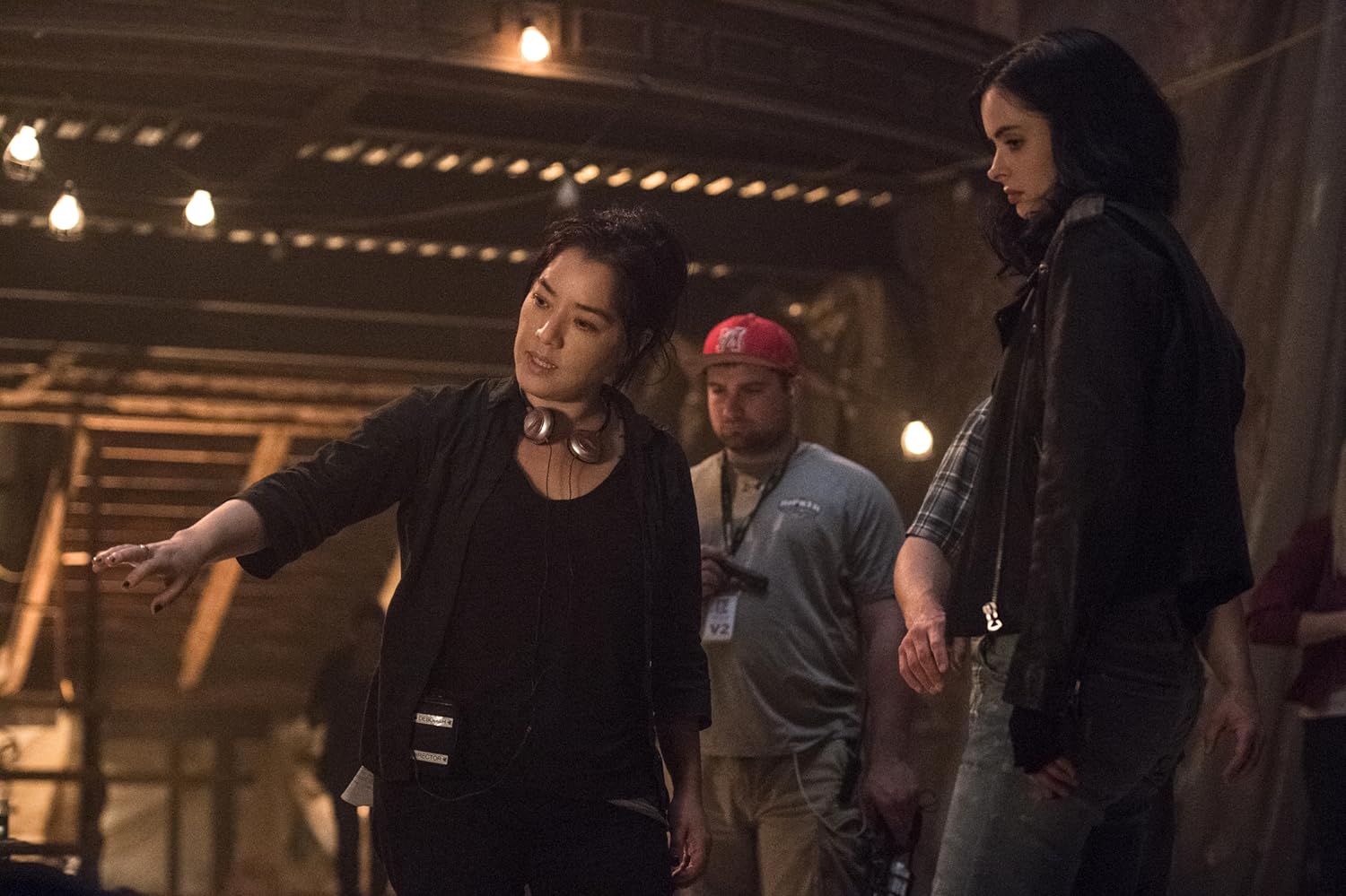
Check Out Her CV
Before she helmed episode three, Chow directed at least sixteen different television shows, including many prestige pay cable shows such as Reign, Mr. Robot, Turn and Better Call Saul.
Most of the shows she’s directed could be described as thrillers that lean heavily on suspense, intrigue and treachery to create drama.
Make no mistake: suspense, intrigue and treachery aren’t the primary dramatic devices of the Star Wars that we love from the Original Trilogy.
That is an action-adventure saga and, aside from Cloud City, it’s primarily driven by momentum, friendships and physical action.
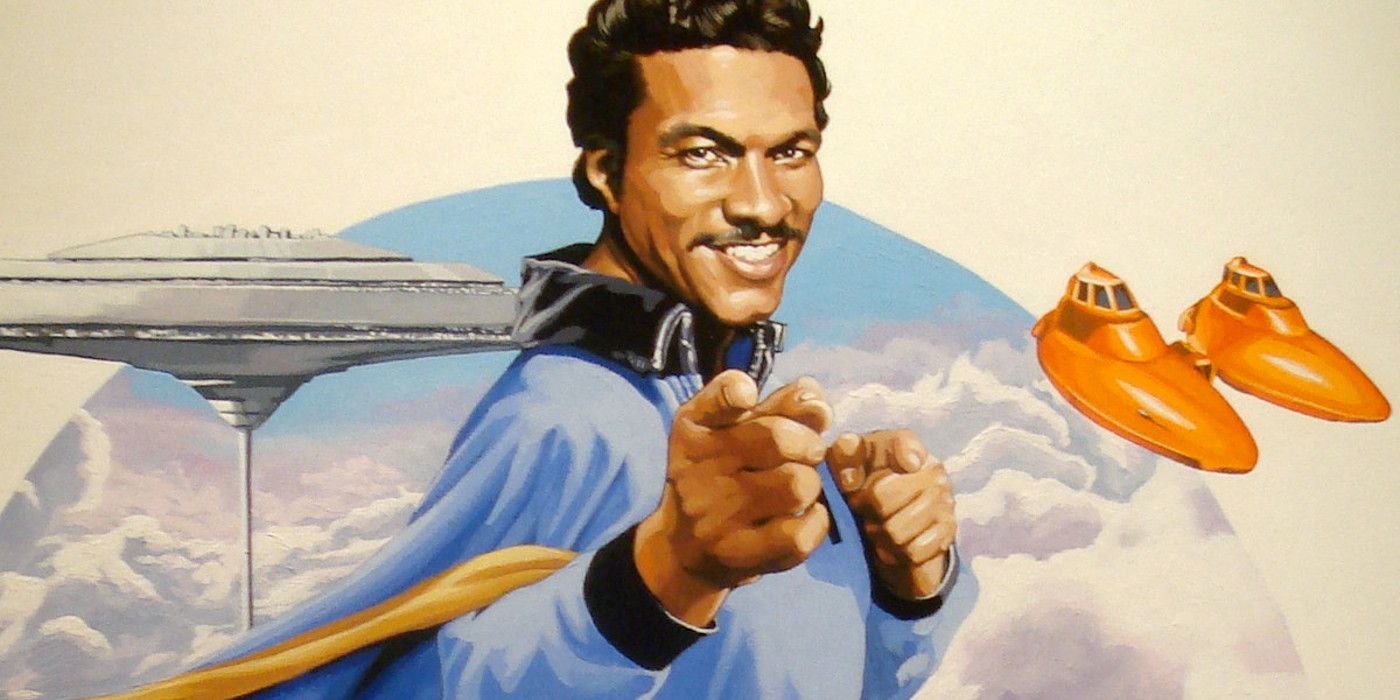
But The Mandalorian is a different story in a different genre.
Different Stories Require Different Techniques
Suspense, intrigue and treachery were absolutely required to tell the story of the Prequels. Unfortunately, George Lucas was too out of touch as a creative to understand this, let alone have the instincts to execute it.
Suspense, intrigue and treachery also belong in a crime/underworld genre, which is what The Mandalorian primarily is and fundamentally needs to remain as.
Talk about the show being western or a samurai movie are is rooted in the confusion between motif and genre more than an accurate reflection of the show’s content.
Still, Lots Of Problems
A Who? A What?
The Asset is one of the most despicable manipulations ever to be wrought against the Star Wars fanbase — or any fanbase — and it looks like all of you people bought it. It’s mawkish fan service, blatant mystery boxing and cynical retconning all rolled into one.
Like one of our contributors here mentioned: “Men like puppy dogs with big eyes. They re-designed [The Asset’s] eyes to look like a puppy dog.”
All Of a Sudden…
The oathbreaking on display by Mando here is completely out of proportion to the situation and puts his professional career — as well as his entire community — at risk.
Maybe he owed The Asset what you call a “life debt”?

Here Comes The Cavalry!
The show is way too predictable. Not just predictable but flat-out obvious.
Then again, if you are going to be dabbling in foreshadowing, the story beats are going to be somewhat predictable.
The goal of a good third act is to create a surprising outcome that was inevitable. This seems like a paradox but see every great movie ever written for examples of how this concept is executed.
A Brighter Future For The Franchise?
Star Wars has always needed a trio of collaboration:
- The Crazy Vision Guy who comes up with spectacular wonders, weird characters and new adventures.
- The Grounded Realism Guy who tells Crazy Visionary Guy to cool it with the midichlorians. He aligns the franchise with the expectations of genre, canon and the fans to create a sense that somewhere in space this could all be happening right now.
- The Competent Craftsman Guy(s) who apply traditional cinematic storytelling techniques to the vision and the lore.
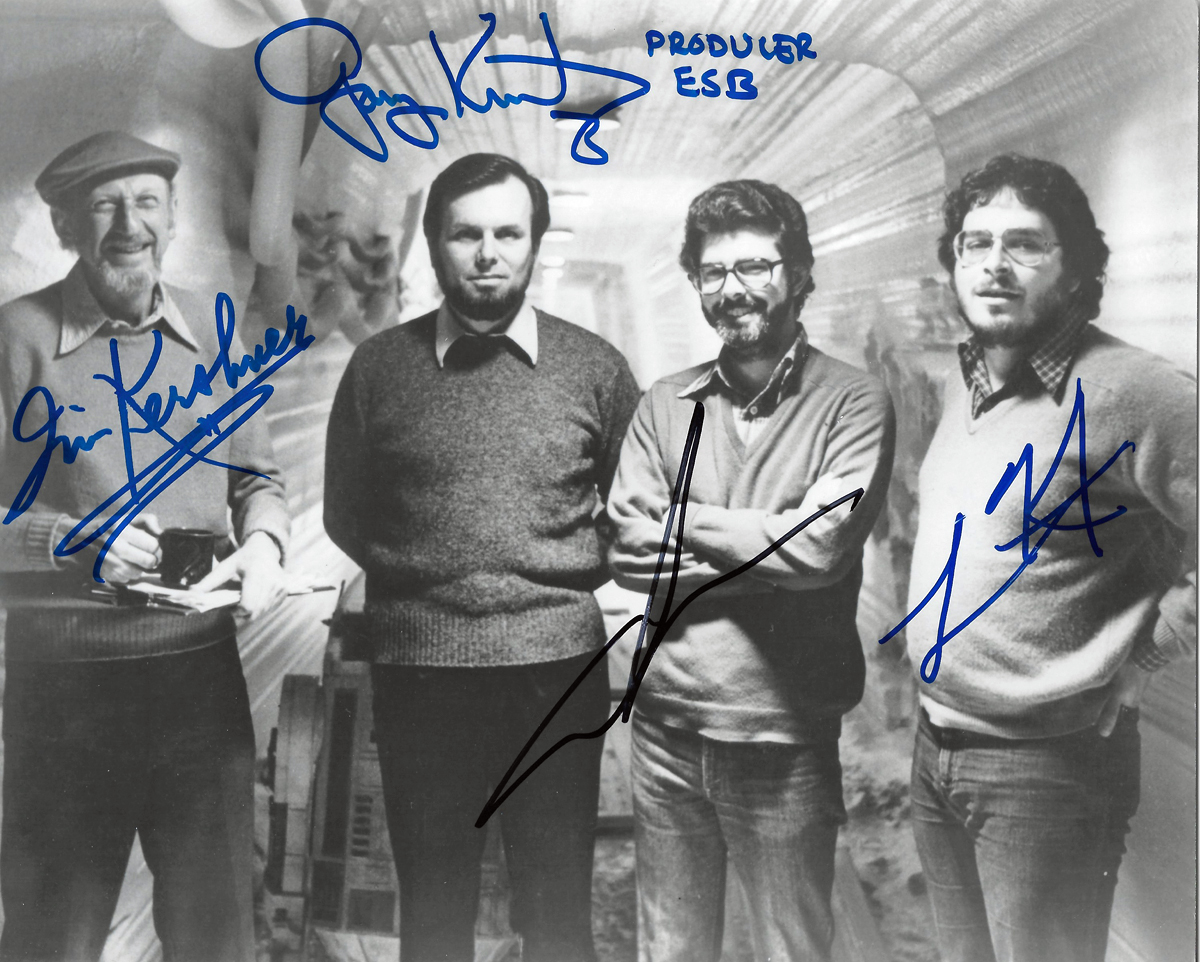
Is Deborah Chow that competent craftsman? I’d like to hope so.
Chow is coming back for episode seven, so we’ll be able to judge whether she truly is who we thought she was or if episode three was just a happy accident.
Should her two episodes be the standouts of professional creativity in The Mandalorian perhaps she truly is… The Chowsen One.
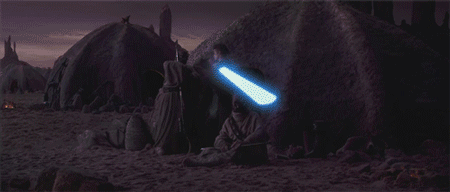
This would be fantastic news because Chow is also a co-showrunner on the six-episode Disney+ Obi-Wan series that starts filming next year.
Maybe now that Iger has replaced Kathleen Kennedy and the all-female writers’ group as the Star Wars brain trust, the combination of Diorama Dave Filoni and Jon Fanservice Favreau will come together to make up one whole Grounded Realism Guy.
Maybe, if those two can get together with Chow, the Obi-Wan show will be Lucasfilm By Disney’s first truly great Star Wars result.
But where is the first guy? More importantly, who is he?

If he never shows up, then this is as good as it gets.
A franchise forever looking backward.
Or at least sideways — what do The Mandalorian’s “whistling birds” remind you of?


